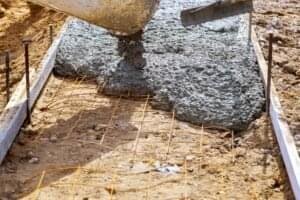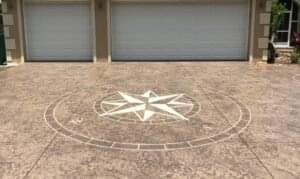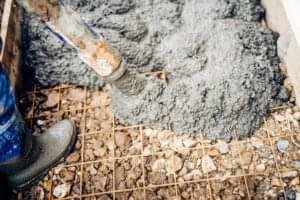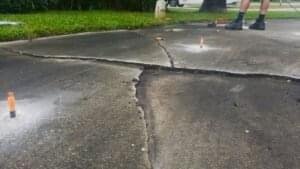If you are wondering if you can transform your existing surface into beautiful stamped concrete, the answer is yes! Stamped concrete is the best way to add style, texture, and durability to your patio, driveway, or walkway without the need for a complete replacement.
A simple upgrade can make all the difference—elevate your outdoor space today.
Best Stamped Concrete Contractor in Lubbock, TX
📞 Phone: (806) 375-7740
📧 Email: info@lubbockconcretecontractortx.com
What is Stamped Concrete?
It is a decorative technique that mimics the look of brick, stone, wood, or other textures. It is achieved by imprinting patterns onto the surface before the cement fully dries. The result is a stylish and durable finish that enhances outdoor spaces like patios, driveways, and pool decks.
Can Regular Surface Be Stamped?
Yes, but with certain conditions. While fresh cement is the easiest to stamp, existing surfaces can still be transformed using an overlay system. It is the process of applying a thin layer of specially formulated cement mix over the existing surface, which is then patterned and textured to create the desired look.
How to Turn Regular Concrete into Stamped Concrete
1. Assess the Existing Surface
Before stamping, a professional stamped concrete contractor will inspect the existing surface to ensure it is in good condition. If there are deep cracks, significant damage, or an uneven area, repairs will be necessary before proceeding.
2. Clean and Prepare the Area
The area must be thoroughly cleaned to remove dirt, oil, or debris. Experts repair cracks or imperfections to create a smooth foundation for the overlay.
3. Apply the Overlay
A special overlay mixture is poured over the prepared area. This layer is typically 1/4 to 3/4 inches thick, providing a fresh canvas for stamping.
4. Stamp the Surface
Before the overlay fully sets, stamps are pressed into the surface to create the desired pattern. This can replicate materials like slate, brick, or cobblestone.
5. Add Color and Seal the Area
Once stamped, a colorant is applied to enhance the look of the pattern. A protective sealer is then added to increase durability and protect the surface from wear, stains, and weather damage.
Why Choose Stamped Concrete for Your Patio or Walkway?
- Your home will look more elegant and valuable with patterned surfaces.
- It mimics expensive materials like stone or pavers but at a lower cost.
- With proper maintenance, a stamp area lasts for decades.
- A wide range of colors and patterns is available to match your style.
- Requires occasional resealing but is easier to maintain than natural stone or pavers.
Is Stamped Concrete a DIY Project?
While DIY kits exist, achieving professional results requires expertise. Any mistakes during the overlay process can lead to uneven textures, color inconsistencies, and durability issues. That’s why hiring a local contractor is recommended for high-quality and long-lasting results.
Hire the Best Contractor in Lubbock, TX
If you’re considering upgrading your patio, driveway, or walkway with stamps, Lubbock Concrete Contractor is here to help! With years of experience in decorative solutions, they ensure a flawless finish that meets the requirements of their clients.
Get a Free Estimate Today!
If you’re looking to enhance your patio or outdoor space with an imprinted design, contact them today. They offer free consultations and can help you determine the best approach for transforming your existing structure.
Contact Details:


Frequently Asked Question(s)
Yes, as long as the surface is in good condition. An overlay may be required.
The possibilities are endless! You can mimic the look of natural stone, brick, tile, wood, and more.
It takes about 24-48 hours for light foot traffic and up to a week for full curing.
Yes, periodic resealing (every 2–3 years) is recommended to maintain its color and durability.
Alternatives include overlays, staining and sealing the existing structure, or removing the old cement and pouring a new textured slab.





